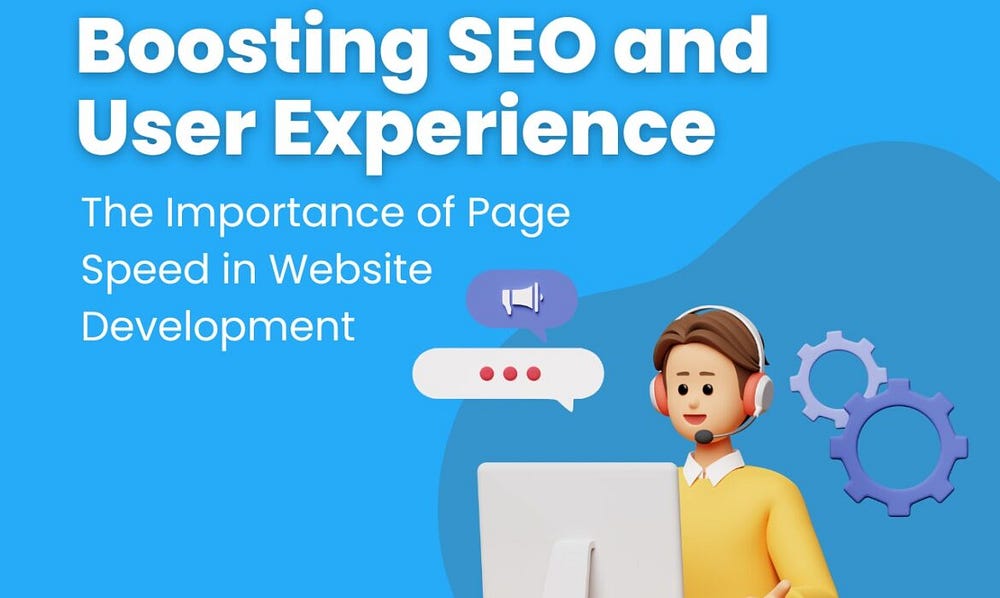In a city like Bangalore—India’s education and tech capital—educational institutions face intense competition. From global curriculum schools to niche professional colleges, every institution is vying for the attention of students and parents alike. In this saturated market, traditional marketing tactics are no longer enough.
Having worked closely with Campus World in Bangalore, we at Aimglobal Digital have discovered what truly works: marketing strategies that not only inform but also inspire, build trust, and cut through the noise. In this blog, we’re sharing the most effective digital marketing strategies that have helped educational institutions stand out and grow their enrollments consistently.
1. Make It About the Student, Not Just the Course:
Too often, institutions focus their content solely on what they offer—courses, campuses, or accreditations. While these are important, the real hook is the impact those offerings have on students.
For Campus World, we reshaped messaging to focus on the student journey: from confusion to clarity, from campus to career. Real success stories, testimonials, and behind-the-scenes glimpses made the content feel human and relatable.
Pro tip: Use storytelling formats—reels, short videos, carousels—to follow a real student’s journey from admission to graduation.
2. Clear CTAs: Don’t Just Inform, Direct
A well-structured ad or post without a Call to Action (CTA) is a missed opportunity. Every piece of content—whether an Instagram reel, YouTube video, or landing page—should lead the user toward a clear next step: Book a free counseling session, download a brochure, visit our campus, etc.
At Campus World, once we began embedding strong, action-driven CTAs within content, we saw a significant increase in engagement and inquiry form submissions.
3. Showcase the Unique Selling Proposition (USP)—Relentlessly:
Every educational institution has a USP. The challenge is making sure it’s not lost in a sea of generic messaging.
Campus World’s USP was its career-oriented counseling and global admissions assistance. We consistently highlighted this in every ad, every reel, every blog, making it impossible for potential students to miss the message.
“What makes you different?” is a question you should answer clearly in every campaign. Consistency builds recall. Recall builds trust.
4. Spotlight Alumni to Build Credibility:
A powerful way to establish trust? Let your alumni do the talking.
We created alumni spotlight campaigns for Campus World, where past students shared their career paths, overseas success, and personal experiences with the institution. This not only built credibility but also created emotional resonance, because nothing reassures a prospective student more than someone who’s been there and done that.
Use formats like:
5. Mix In Quirky, Creative, and Unexpected Content:
Educational institutions don’t always need to be serious to be respected. Sometimes, a dash of creativity can be the very thing that gets your audience to stop scrolling.
With Campus World, we ran quirky campaigns around exam season memes, relatable college struggles, pop culture references, and “day in the life” reels. These pieces humanized the brand and made it relatable to a younger audience.
Tip: Pair trending audio with humorous, institution-themed content to ride the algorithm and boost organic reach.
6. Invest in Performance Marketing – But Be Smart About It:
Paid ads are essential, but throwing money blindly doesn’t work. We ran highly targeted conversion campaigns based on detailed interest groups, competitor targeting, and remarketing strategies.
Types of ads that worked best:
Each ad pointed to a custom landing page with focused messaging, lead capture forms, and a clear CTA.
7. SEO + Local Optimization = Long-Term Wins:
While ads bring short-term traffic, organic discovery via SEO brings sustainable visibility. For Campus World, we optimized their website with:
We also ensured their Google My Business listing was regularly updated with reviews, photos, and FAQs, making them more discoverable locally.
8. Leverage Email Marketing to Nurture Leads:
Not every student is ready to enroll the day they discover you. That’s why nurturing leads through email sequences is key.
Our drip email campaigns included:
These emails kept the brand top-of-mind and nudged prospects toward decision-making.
9. Webinars, Workshops, and Free Resources:
Hosting live sessions with experts or alumni proved to be a magnet for both engagement and lead generation. We promoted these through Instagram, WhatsApp broadcast lists, and email, driving hundreds of registrations each time.
Bonus: These events doubled up as content pieces later, allowing us to repurpose clips for reels, testimonials, and blog material.
10. Community Building on Social Media:
We didn’t just use social platforms to broadcast information—we used them to build a community. Instagram stories with polls, Q&As, quiz stickers, and “Ask Us Anything” sessions gave prospective students a space to interact directly.
This two-way engagement created stronger brand affinity and made the institution feel more accessible and student-friendly.
Conclusion: The Right Digital Marketing Strategy Isn’t Just About Ads—It’s About Connection
In Bangalore’s competitive education market, institutions must do more than exist online. They must create a compelling digital presence that attracts, engages, and converts.
From bold CTAs and SEO-rich content to alumni stories and quirky Instagram reels, the winning formula is a blend of strategy, creativity, and consistency. At AimGlobal Digital, we’ve helped institutions like Campus World implement these ideas with real, measurable success.
Ready to Enroll More Students? Let’s Build Your Digital Strategy Together.
If you’re an educational institution in Bangalore looking to increase inquiries, build brand credibility, and boost admissions, AimGlobal Digital is your strategic partner.
Book a free consultation with us today and let’s craft a digital journey that makes your institution the first choice, not just an option. Contact Us Now.







